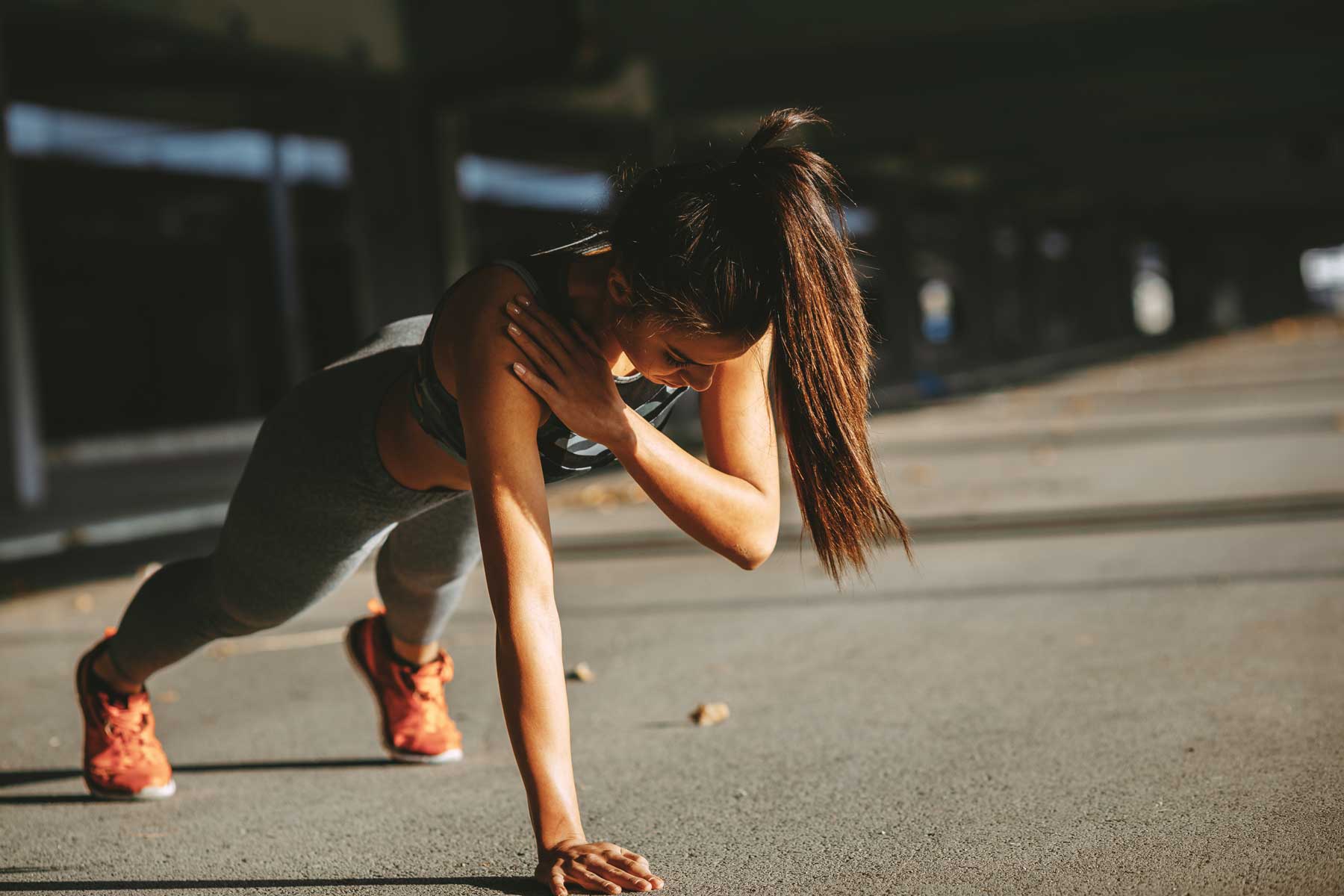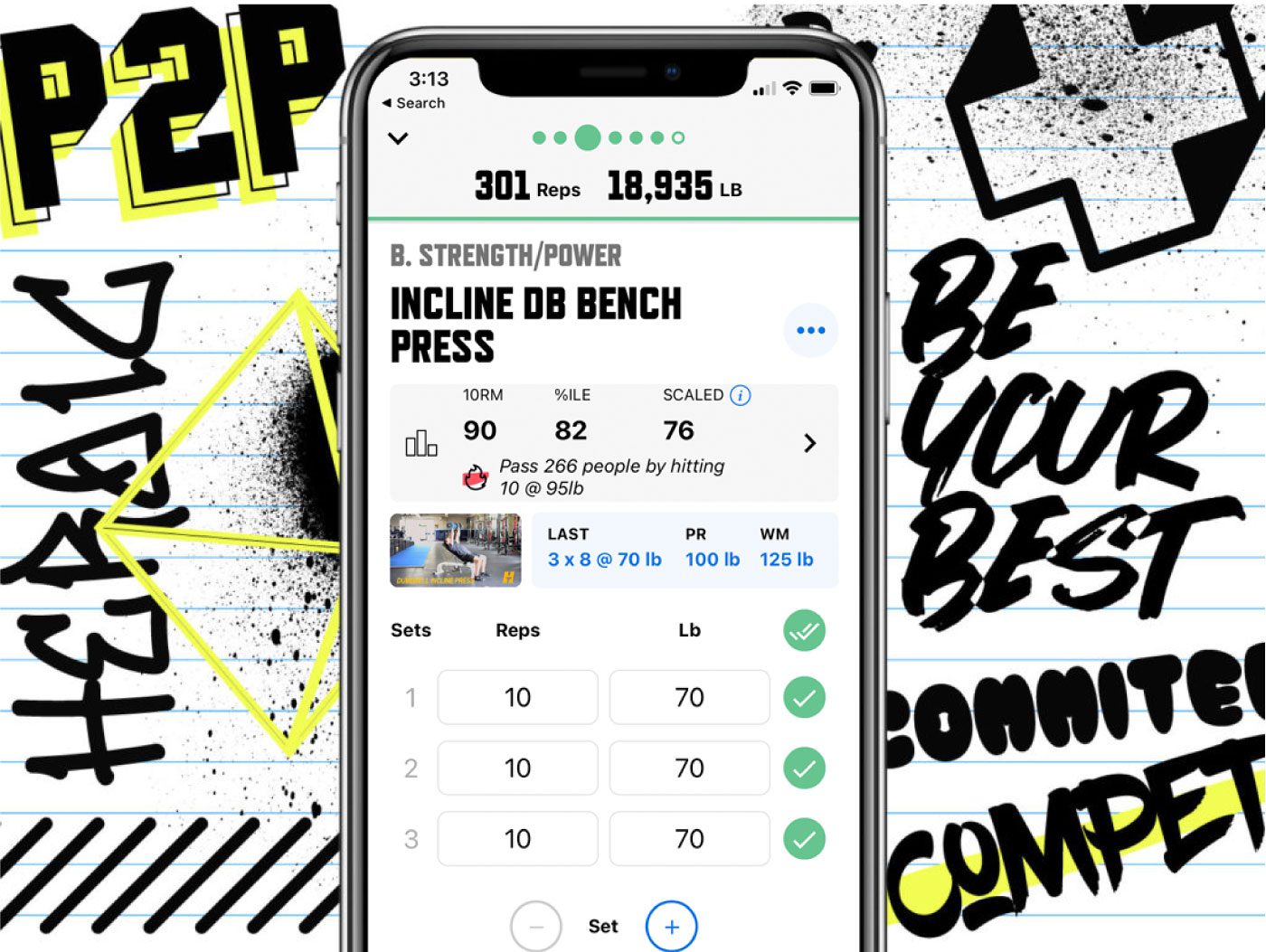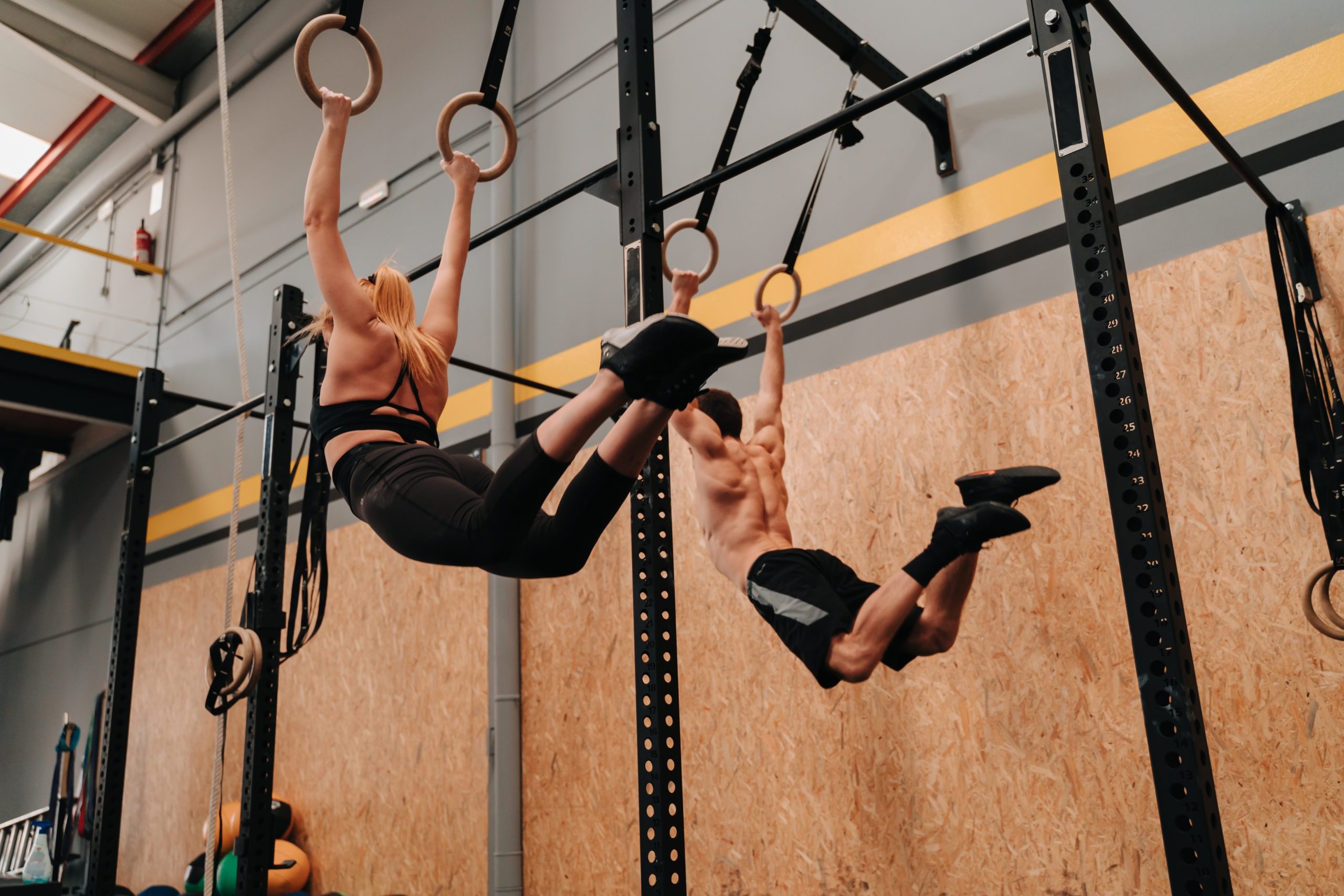5 Advanced Plank Variations for Your Strongest Core

Planks are a core staple, but let’s face it—they’re boring. And for some people, they’re too easy. If you fall into that second camp, we’ve dug up some advanced plank variations to get your core working harder.



Stabilize your midline for bigger lifts
Core work is an easy accessory to fit into almost every training session at the end or as a warmup. Because it’s easy to do, it’s also easy to skip. But if you want stronger abs and maybe even a 6-pack, here’s a tip:
Don’t skip your core work.
Even if you just squeeze in 20 situps, a 30-second hollow hold, or one 60-second plank before you leave the gym, do something to put the focus on your midline. Having a strong core translates to just about every athletic endeavor you can imagine. Over time, your core accessory efforts will add up to some actual weightlifting or gymnastics PRs.
Planks are a core staple, but let’s face it—they’re boring. And for some people, they’re too easy. If you fall into that second camp, we’ve dug up some advanced plank variations to get your core working harder.
Resistance builds strength, so for these exercises we’ll encourage you to safely attempt to add weight. If you have a free hand, hold some weight in it, or have a buddy stack a plate on your back. But only if you’re not risking injury by doing something silly. Common sense, people.
Here are some beefcake plank exercises to challenge your core.
Forearm or full plank
Most athletes can perform a standard plank, but in case you need a refresher, check out the video and points of performance below.
Points of Performance
Starting on all-fours in a tabletop position, press your hands or forearms into the floor and straighten your legs so your body is flat as a board (or plank). Keep your pelvis tucked and don’t let your low back or midline sag. Make sure your hips don’t float too high so you end up in a downward-dog position. Don’t let your shoulder blades bunch up in the middle—spread them apart so your upper back is slightly rounded (reminiscent of a hollow body position).
Add weight.
Start with a 5lb plate on your back, then work your way up to 10, 15, or a whole stack of 45lb plates. Hold each weight for one minute.
Go for hard mode.
Introduce a stabilizing element by balancing your hands or forearms on something wobbly like a Swiss ball or medicine ball. This forces you to work harder to keep from collapsing in your midline or falling sideways.





DOWNLOAD
trainheroic’s
free APP
Lateral plank walk
Points of performance:
In your plank position, move your right arm and leg out at the same time, then follow with your left arm and leg. Make sure to keep your midline stable without letting your hips wobble or sway. Do this “walk” for distance.
Add weight.
Just like with a standard plank, you can stack plates on your back for extra resistance and a balance challenge.
Go for hard mode.
Grab a sandbag and drag it with you via the sandbag pull-through method—your obliques will thank you later.
Renegade rows
Points of performance:
Set a pair of dumbbells on the floor where your hands are in your plank position and grip them to hold yourself up. Widen your feet a little to create a stable base. One at a time, pull each dumbbell up toward your side-hip, retracting your shoulder blades at the top. The key here is to keep your torso stable and avoid twisting at the hips or shoulders.
The Marketplace: Shop Expert Programming from Real Coaches
Sometimes all you need to reach your destination on your fitness journey is an expert guide. We’ve got you covered.
The TrainHeroic marketplace is the only place to purchase programming from the World’s best coaches, delivered through the immersive training experience of the TrainHeroic app.
Browse from thousands of programs for any goal and every type of athlete.
Or, join a monthly programming membership to connect with a real coach and community of athletes training just like you. Try any programming subscription free for 7 days.


Plank jacks
There are a number of different ways to do plank jacks (à la jumping jacks), but each one works through the same mechanism: keeping your upper body rigid and stable while doing something with your legs. Check out the video below and get creative to make them harder.
Add weight.
Ankle weights make the most sense here and could absolutely burn out your core, glutes, and lower trunk.
Go for hard mode.
Try slowing these down with a 3-second tempo for each movement and see how long you last.
Pike up
Points of performance:
For this movement you’ll need one of the following: a pair of furniture sliders, a Swiss ball, a set of rings, or a rower with a sliding seat. If you’re at home, you can also use a towel on a hardwood floor. Fix your toes on your movement equipment of choice making sure it will slide easily. Starting in your plank position, keep your upper body stable and press into the floor as you lift your hips toward the ceiling. Your legs should stay straight and your feet should slide toward your hands.
Add weight.
Try adding ankle weights and work on a small lift-off when your feet are closest to your hands.
Go for hard mode.
Pike-ups are a beginning progression for the press into handstand, an advanced gymnastics movement that can take years to master and is guaranteed to impress your friends. Good luck!



Lily frei
Lily is TrainHeroic’s Marketing Content Creator and a CF-L1 with an English background. She was a successful freelance marketer for the functional fitness industry until being scooped up by TrainHeroic. An uncommon combo of bookish, artsy word-nerd and lifelong athlete, Lily is passionately devoted to weightlifting, CrossFit, yoga, dance, and aerial acrobatics. Find her showcasing her artist-athlete hobbies on IG @lilylectric.


Join the community
Sign up for the latest training news and updates from TrainHeroic



About TrainHeroic
Support
Made with love, sweat, protein isolate and hard work in Denver, CO
© 2021 TrainHeroic, Inc. All rights reserved.


